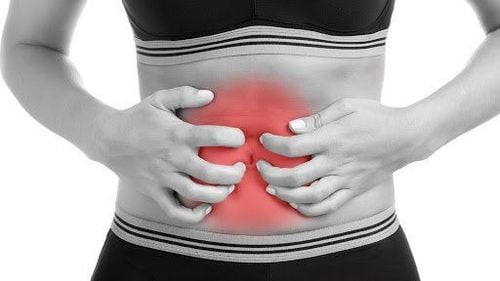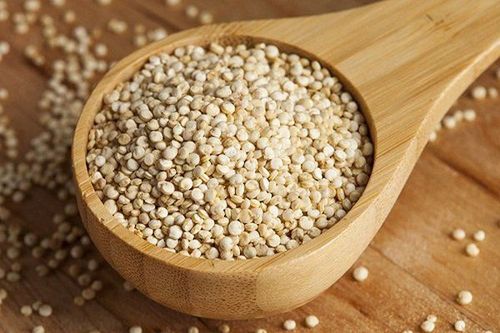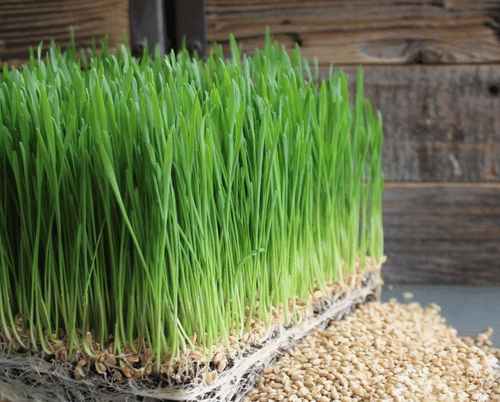This is an automatically translated article.
A gluten-free diet is recommended for people with celiac disease, gluten sensitivity, or dermatitis from the disorder. Additionally, a gluten-free diet may also be helpful for some people with irritable bowel syndrome, gluten ataxia, type 1 diabetes, and HIV-related illness. So is the gluten-free diet really healthy?1. What is gluten?
Gluten is a protein found mainly in wheat, barley, and rye. A gluten-free diet is required for about 2% of the population diagnosed with Celiac disease to avoid severe intestinal inflammation from occurring. Some people have less inflammation called non-celiac gluten sensitivity and may feel better on a gluten-free diet.2. What is a gluten-free diet?
A gluten-free or gluten-free diet is a diet that does not include gluten proteins. This diet is necessary to control the signs and symptoms of celiac disease (a type of intestinal disease caused by sensitivity to gluten ingredients and making it difficult to digest and absorb nutrients) and other conditions. other medical conditions related to gluten.Benefits from this regimen are proven to be improved health, weight loss and increased energy. Most clinical studies involving gluten-free diets have been done with people with celiac disease. Therefore, there is little clinical evidence for the health benefits of this diet in the general population.
Removing gluten from the diet can change the fiber, vitamins, minerals and other nutrients. Therefore, in the event that a gluten-free diet must be followed, it is important to know that the diet can affect the entire nutritional needs of the body.
Keeping to a strict gluten diet is a lifelong necessity for people with celiac disease. Following a good diet and avoiding cross-contamination can reduce symptoms and complications of the disease.
For people with non-celiac gluten sensitivity, the condition may not last for life. It is possible to go on a gluten-free diet for a certain period of time for a year or two, and then retest for gluten sensitivity. However, for some other people who are sensitive to non-celiac gluten, the diet can be a lifelong treatment.
Several clinical studies have looked at the diet's benefits in the community—people without celiac disease or those with non-celiac gluten sensitivity. There is not enough clinical evidence to accurately determine the claims of results: weight loss, improved overall health, improved gastrointestinal health, improved athletic performance. In addition, there are some risks to using a gluten-free diet, such as altering the amount of nutrients in the daily diet.
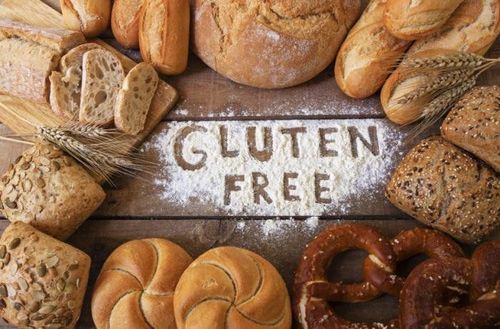
Chế độ ăn không Gluten có thể giúp cải thiện sức khỏe, giảm cân và tăng năng lượng
3. Purpose of the gluten-free diet
A gluten-free diet is necessary for the management of signs and symptoms of some of the following conditions:Celiac disease - gluten intolerance: A condition in which gluten activates the nesting immune system. small intestine mucosal injury. Over time, this damaging process prevents the absorption of nutrients from food. Celiac disease is an autoimmune disorder. Non-celiac gluten sensitivity is caused by signs and symptoms associated with celiac disease including abdominal pain, bloating, diarrhea, constipation, "brain fog," rash, or headache. However, no lesions were found in the tissues of the small intestine. Studies show that the immune system plays a definite, but poorly understood, role in this process. Gluten ataxia, an autoimmune disorder that affects certain nerve tissues and causes problems with muscle control and self-movement. A wheat allergy is like any other food allergy, in which the immune system mistakes gluten or some other protein in wheat as a trigger for an illness, such as a virus or bacteria. The immune system produces an antibody to a protein that promotes an immune system response that can lead to congestion, shortness of breath, and other symptoms. The health claim of a gluten-free diet is the driving force to avoid wheat and other grains with gluten. However, very few clinical studies have investigated the benefits of this diet in people with no evidence of disease with gluten.
4. How to build a gluten-free diet?
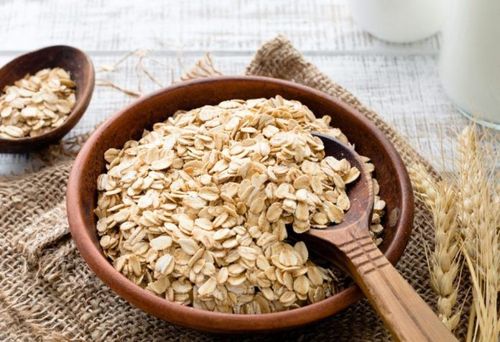
Yến mạch là loại hạt cần tránh khi xây dựng chế độ ăn không có gluten
Permitted fresh foods There are a variety of naturally gluten-free foods that can be part of a healthy diet: flowers, fruits, beans, nuts.
Unprocessed foods: eggs, lean meat, unprocessed meat, fish and poultry. Most low-fat dairy products.
Grains, starches or flours that can be included in a gluten-free diet such as: amaranth, arrowroot, corn and cornmeal, gluten-free flours (rice, soybeans, corn, potatoes, beans), corn porridge, millet, quino, rice, vermicelli, soybeans, tapioca.
Nuts not allowed Avoid all foods and beverages from wheat, barley, rye, triticale (a cross between wheat and rye), oats. Oats are naturally gluten-free, but they can be contaminated during manufacturing along with wheat, barley or rye.
Wheat Notes There are different types of wheat, all of which contain gluten such as durum, Einkorn, Emmer, Kamut. Wheat flour has different names based on how the wheat is milled or the flour is processed.
All of the following flours contain gluten: enriched flour with added vitamins and minerals, ground wheat starch commonly used in hot cereals, Farina flour - a whole wheat flour, semolina a part of wheat used in pasta and North African dishes.
Gluten-free food labels When buying processed foods, read the labels to determine if they contain gluten. Foods containing wheat, barley, rye, or triticale must all be labeled with the name of the grain in the label's content list.
Foods that are labeled gluten-free are subject to Food and Drug Administration (FDA) regulations. These foods will be labeled as follows: Foods that are naturally gluten-free, foods that are processed without gluten-containing ingredients, foods that have not been cross-contaminated with gluten-containing ingredients during manufacturing, Foods with gluten-containing ingredients are removed during processing.
Alcoholic beverages made with naturally gluten-free ingredients such as grapes, or juniper berries, may be labeled as gluten-free. Grain alcoholic beverages that contain gluten may have a label stating that the beverage has been processed, treated, or used technology to remove gluten. However, the label must clearly state the gluten content.
5. Processed foods often contain gluten
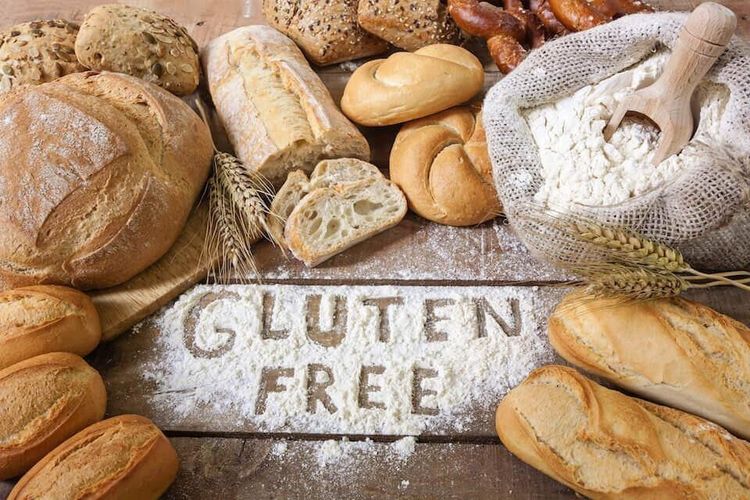
Cần lưu ý rằng những thực phẩm không có gluten thường có giá cao hơn so với thực phẩm khác
In general, avoid foods when they are labeled as gluten-free or made with corn, rice, soy, or other gluten-free grains: beer, stout, bread, baked goods, candy , cereals, cookies, chips,...
Gluten-free foods often cost more than substitutes. The cost of following a gluten-free diet can be significant, especially if the diet includes foods that are naturally gluten-free.
Therefore, the gluten-free diet can still be a healthy way to eat, but it depends on what gluten-free foods are, how often you eat them, and whether other food options are available. Is it good for health or not?
Please dial HOTLINE for more information or register for an appointment HERE. Download MyVinmec app to make appointments faster and to manage your bookings easily.
Reference source: mayoclinic.org; webmd.com



